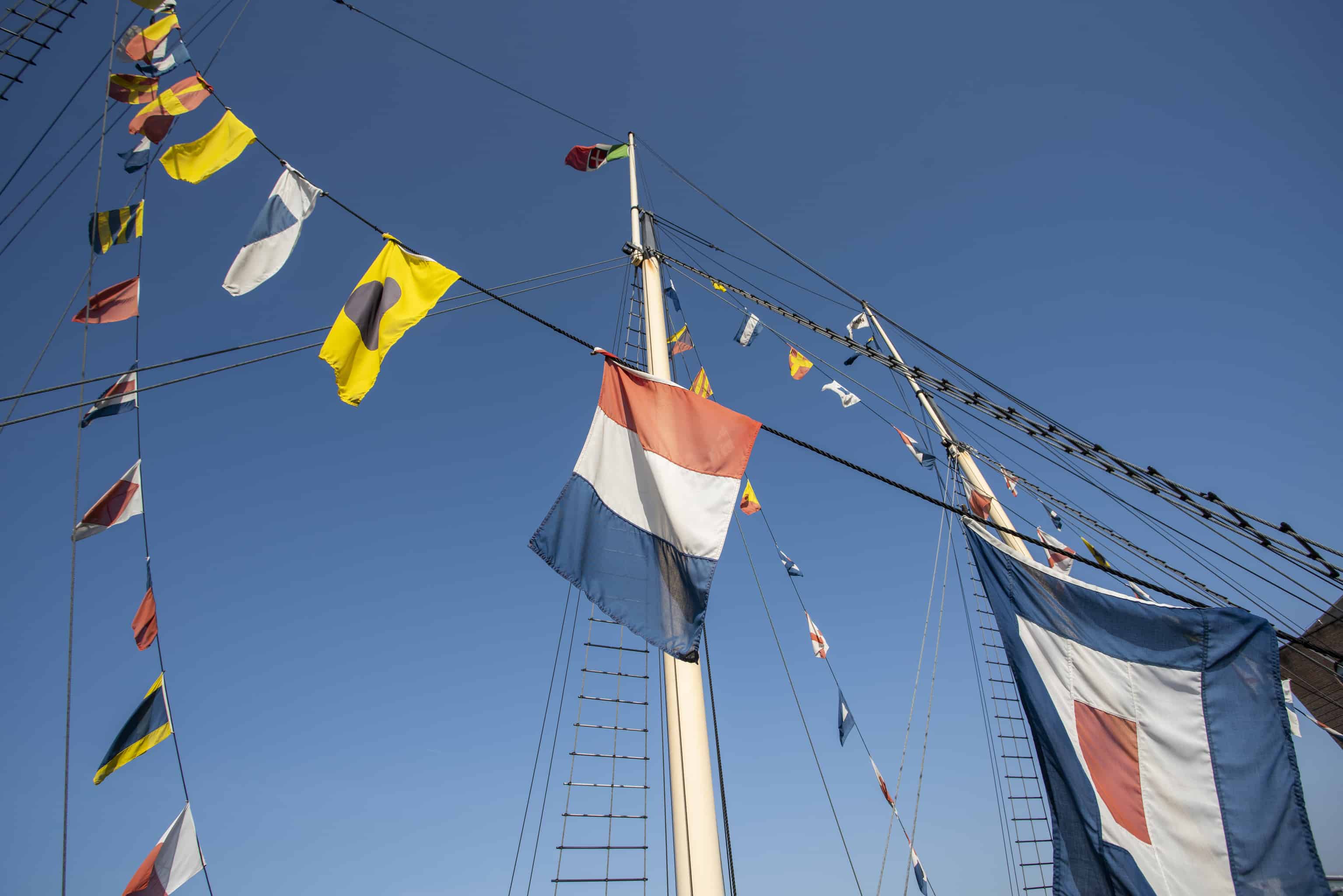Firstly, what is stereoscopy? Stereoscopy is a photographic technique that combines two images which, when viewed together through a stereoscope, create the illusion of one three-dimensional image. The stereoscope was first invented in the late 1830s by Sir Charles Wheatstone and later improved to become portable. Two offset images – photos of the same object taken from slightly different angles – are affixed to a backing card and placed into a stereoscopic viewer to create a scene with more depth. These stereoviews became very popular souvenirs and depict fascinating scenes captured from all over the world.
Each backing card holds important information that can provide context on the location and identity of the photographer, whilst details of the types of boats, ships and mechanical equipment used at the time can be discovered within the images themselves. The images need to be researched to collect this information in order to update our online catalogue.
We catalogue the objects in our collection to ensure they’re available to as wide a group as possible and have many objects still waiting to be explored in further detail. The stereocards I’ve been working with are part of the David McGregor collection held within the Brunel Institute.
As I’m quite interested in photography, I’ve found the process of researching these stereocards really enjoyable because they offer the chance to explore older photographic methods. One card in particular stood out to me for its use of colour. ‘View at Margate’ was painted over with watercolours which almost give the impression that the entire image is a painting and leaves quite a pretty effect.
Hand-colouring black and white photographs was a popular practice in the mid- to late-19th century and was usually done to create a more life-like image. The blue in this image is really eye-catching and I enjoyed hunting down the un-coloured original to see what the photograph would have looked like without Victorian editing.
The difficulty with researching these images is often in trying to find the photographer or stereographer. Many of these images were taken for larger stereoscopic publishers and despite the fact that the backing cards usually include details of the production, the identity of the stereographer often remains a mystery. This is why we ensure these items are catalogued and made available. The more images that are researched and loaded onto the catalogue, the easier it is to make links between them and discover more about their production styles and history.
Author: Dale Stassen




